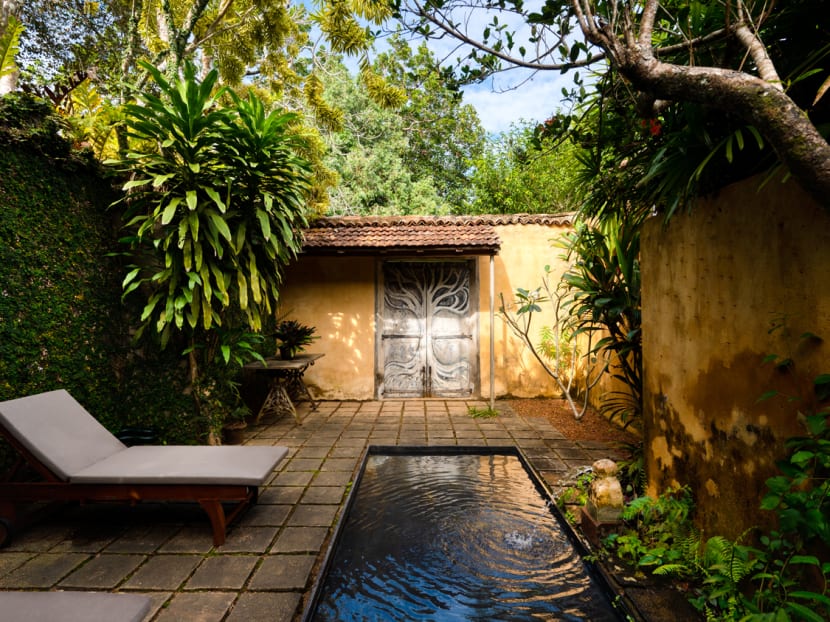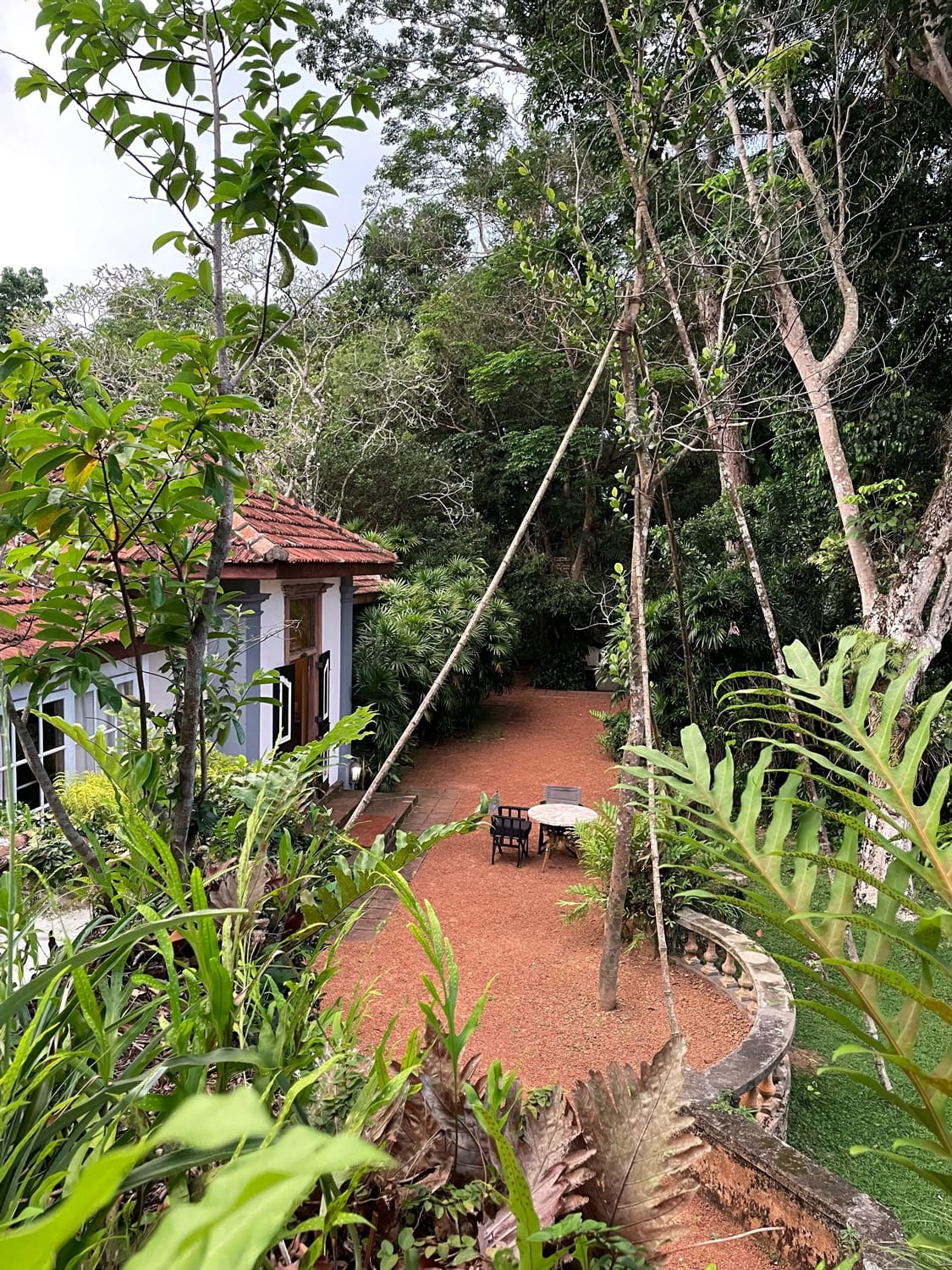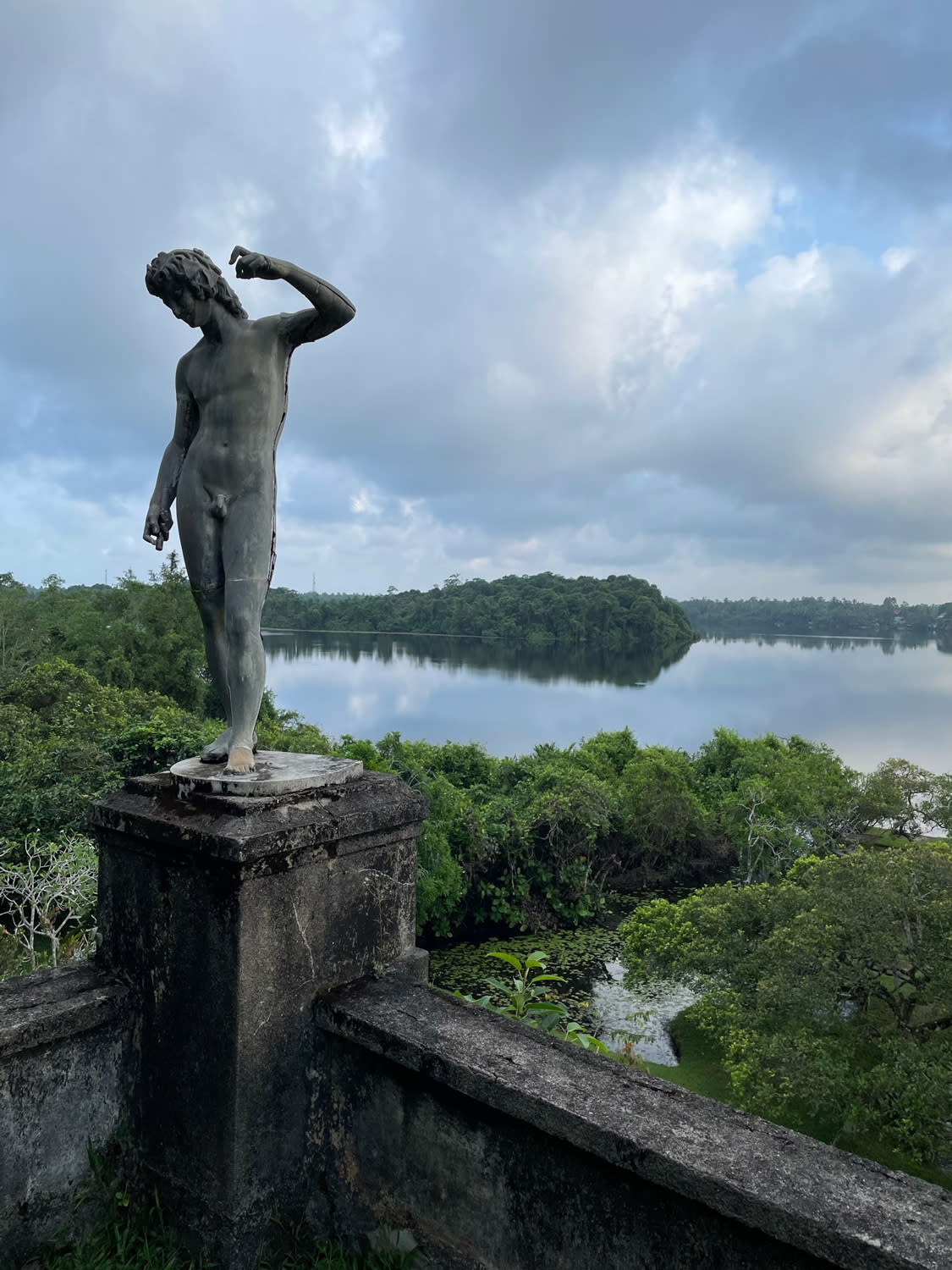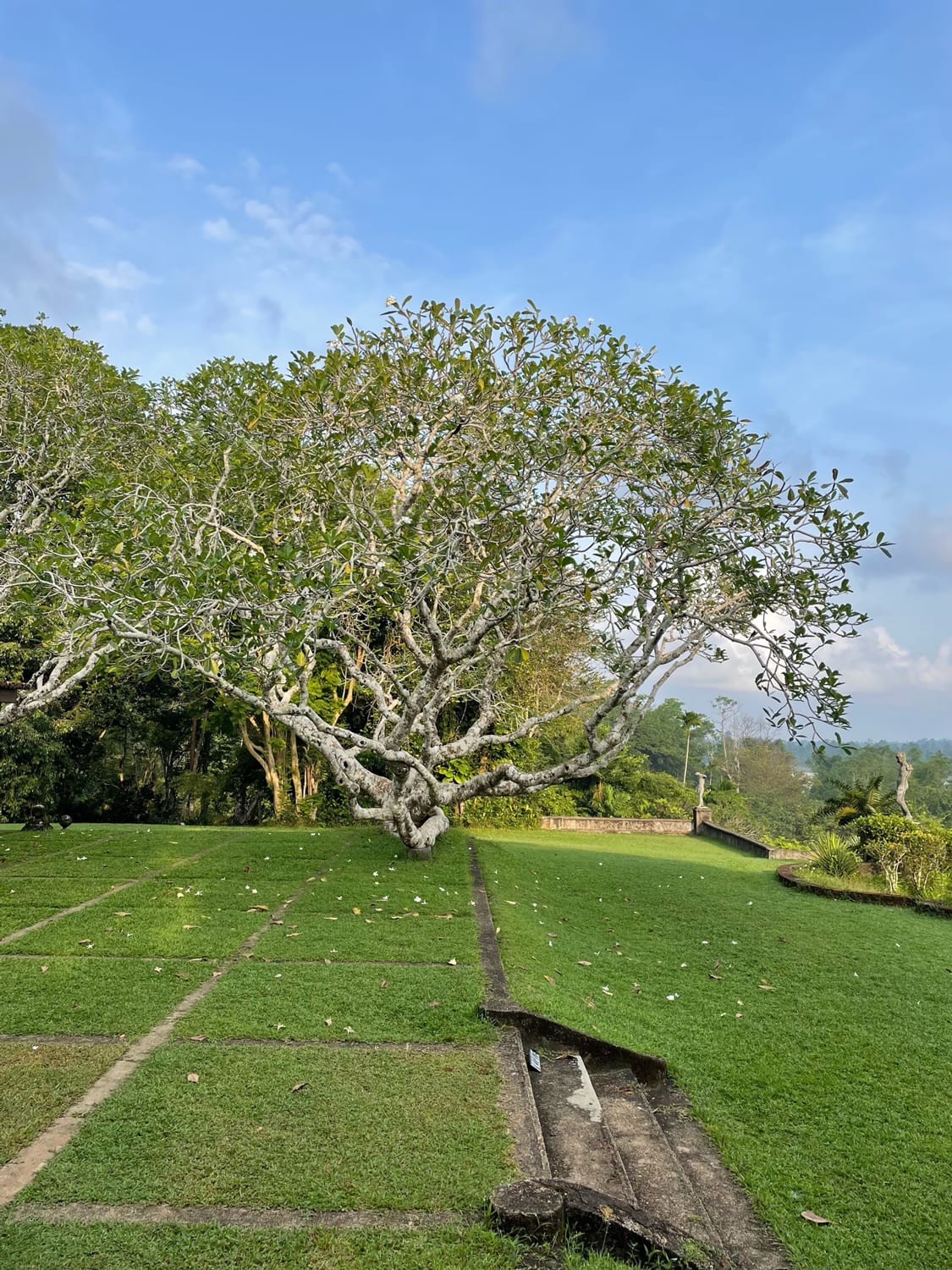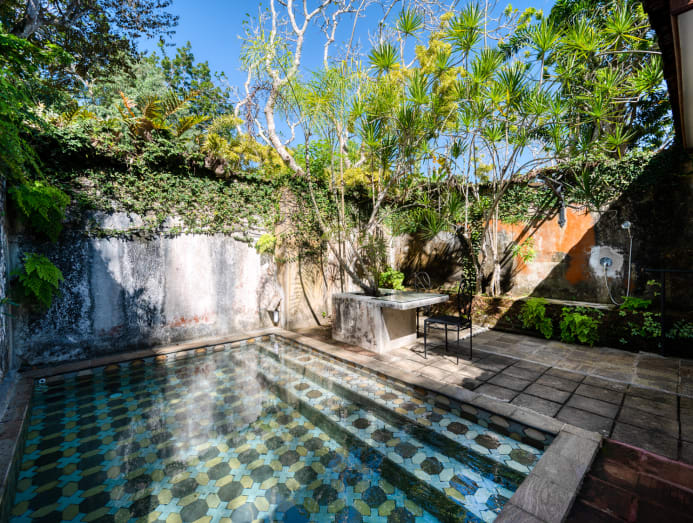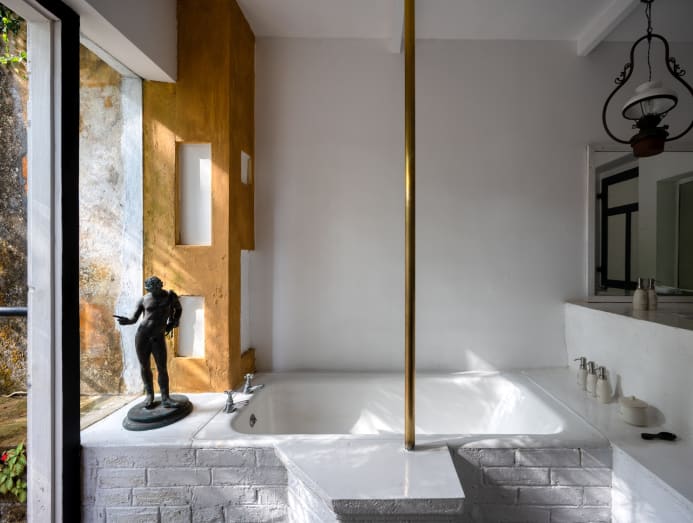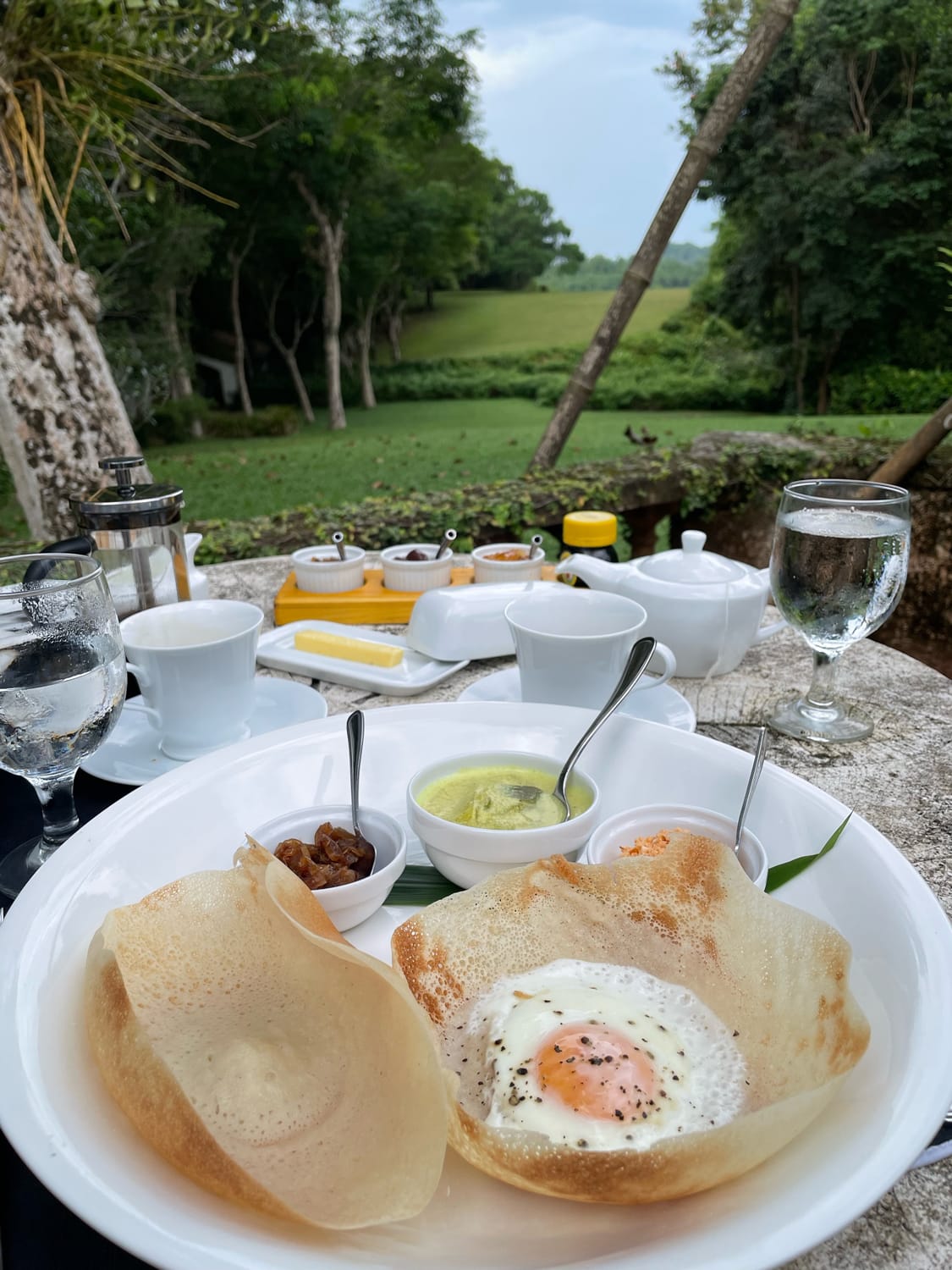Inside Geoffrey Bawa’s Lunuganga estate: What it’s like to spend a night in the home of Sri Lanka’s most famous architect
Source:Cnaluxury
Lunuganga Estate was the country house of the late Sri Lankan architect Geoffrey Bawa. (Photo: Lunuganga Estate)
When news broke early this year that Lunuganga was finally letting paying guests stay in the west wing of its main house – the private quarters of its Sri Lankan architect and owner, the late Geoffrey Bawa – a frisson ran through the global architecture and gardening communities. For readers who are still not sure about the magnitude of the announcement, it’s the equivalent of getting to stay in Beyonce’s actual bedroom.
Perhaps further context will help.
Geoffrey Bawa is a giant among architects, one of the OG starchitects who – just as Philip Johnson, Frank Lloyd Wright and Mies van der Rohe did – created a new architectural language which these days is almost carelessly labelled Tropical Modernism. He was prolific, his projects ranging from hotels and private residences to convents and government buildings in Sri Lanka and India; but his influence, his sublime blending of nature and design, and blurring the lines between outside and inside, can, to this day, be seen throughout Asia.
Despite his fame and stature, Bawa was a private man, preferring to work and entertain close friends at Lunuganga, his 10-hectare country estate in Bentota in the breezy south-west corner of Sri Lanka, about a 90-minute drive from Colombo. He’d bought the property in 1948 when it was a rundown rubber estate and cinnamon plantation; and then spent the next half century transforming it into an idyllic Eden on Earth that is one part classical Italian garden and two parts tropical paradise.
Since Bawa’s death in 2003, Lunuganga has been overseen by his trustees, though the day-to-day management of the sprawling gardens and the house are run by the Teardrop hotel group.
The lush grounds of Lunuganga Estate. (Photo: Daven Wu)
Every day, scores of local and overseas visitors arrive, eager for a tour of one of the most famous gardens in the world – an otherworldly demesne of bamboo groves, native trees, gazebos and follies, thick greenery spiked with Greek statues and Roman busts, rice fields and lily ponds, forests of ferns, and lawns scattered with a carpet of purple Jacaranda flowers.
Most visitors stay for lunch in the main house, but by 4pm, the gates close and the grounds are closed off to the public, leaving behind a lucky few paying guests who get to stay in one of the 10 guestrooms and houses that Bawa personally designed and scattered across the estate.
(Photo: Daven Wu)
While day-trippers and guests have long had a more-or-less free run of Lunuganga, Bawa’s private quarters were always off-limits, in large part because his close friends and associates insisted that his private space should remain exactly that – private.
But most of those friends and associates have since passed away and the trustees came to the conclusion that the dust covers should finally be thrown off the bedroom which had been mainly used as a storeroom all these years.
And what a treat it is.
Taking those first few steps into the bedroom through the black-and-white trimmed doors is a surreal experience. You can’t help but think of all the times Bawa himself stepped over the threshold, perhaps to take a nap after lunch or to get back to his desk where he might have been working on any one of the buildings for which he became so famous – the Sri Lankan parliament, Cinnamon Bentota Beach Hotel, the Batujimbar Pavilions in Sanur, and his magnum opus, the Jayawardene House.
And now, here you are, following in the great man’s footsteps. Literally.
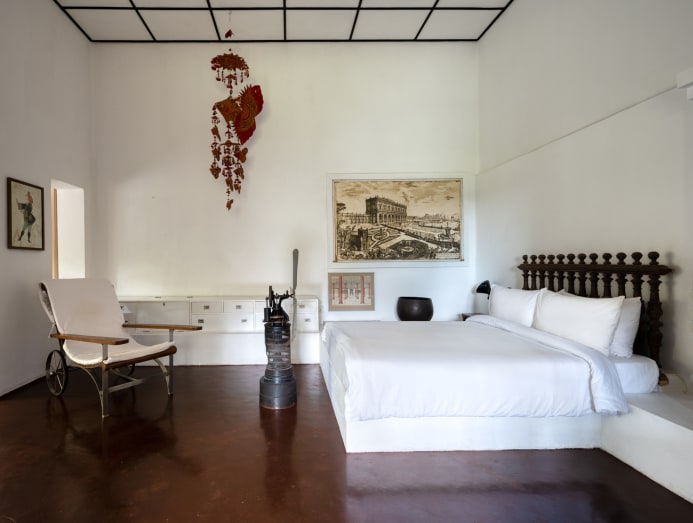
The Geoffrey Bawa Suite. (Photo: Lunuganga Estate)
You’re greeted by two narrow bookcases. Crowded with faded leather-bound volumes, a photograph of Bawa and an ink sketch of his mother, they frame a door that swings open into a small bathroom which, in turn, opens into a courtyard where Bawa installed an outdoor shower and a small plunge-pool. The lime-plastered walls are water-stained and aged with moss, creepers and vines, their little roots emerging from the walls.
Back inside, the main bedroom is a study in minimalism. A low concrete bench runs in a L-shape along two walls, acting as a base for low-slung white cabinets and a small double mattress (don’t fret, it’s new), and ledges for decorative statues. A little annex holds a desk which, through the tall glass windows, overlooks a bijou enclosed courtyard with a decorative pool and doors that open out to the garden beyond.
The enclosed courtyard. (Photo: Lunuganga Estate)
Channa Daswatte, the chair of the Geoffrey Bawa and Lunuganga Trusts, says the trustees “felt it was important that this bedroom should be used, and that it would also give visitors the full experience of the place where Bawa lived.”
It’s a testament to the trust’s careful stewardship over the past two decades that very little needed to be done to spruce up the bedroom. Besides installing air-conditioning and renovating the toilet fixtures, the room is more or less exactly as it was when Bawa was in residence, both in the decor and the placement of replica furnishings. “It is as close to the original as it can possibly be,” Daswatte says. “We avoided making too many changes to the existing finishes.”
The bathroom interior. (Photo: Lunuganga Estate)
We spend the days lounging around and reading in the living room, feasting on curry and rice, napping and idly wandering around the garden, always marvelling at how Bawa managed to pull in views from every angle in the house. At sunset, we sip cocktails in the garden and watch the sky turn black and the crystalline stars emerge. The cooling air brings the song of crickets, the shadow of fruit bats winging above, and an awareness of just how privileged we are to be here.
On our last morning, after a delicious breakfast of feathery light hoppers and curry on the lanai overlooking Lake Dedduwa – after which Lunuganga, Sinhalese for “salt lake”, is named – and before leaving for the airport, we wander across the west lawn, past a few grazing cows and up to the crest of a hill which Bawa called Cinnamon Hill. Here, under the broad shade of a solitary Munamal, or Spanish Cherry tree, a little concrete rectangle is set into the lawn. This is Bawa’s final resting place – the ultimate statement in minimalism in its nondescript simplicity – though rumour has it that most of his ashes were scattered throughout his beloved garden.
Breakfast of hoppers at Lunuganga Estate. (Photo: Daven Wu)
We pay our silent respects. The still quiet is broken only by the soft rustle of the Munamal’s leaves and distant birdsong somewhere in the dark emerald thickets. Overhead, a clear blue sky hangs like an inverted bowl, presaging a hot day and perhaps a late afternoon dip in the newly installed lap pool down the slope of the hill. It’s so peaceful here, we marvel, and, for just a moment, we wonder if we, too, might stay and never leave. Tomorrow can wait.


